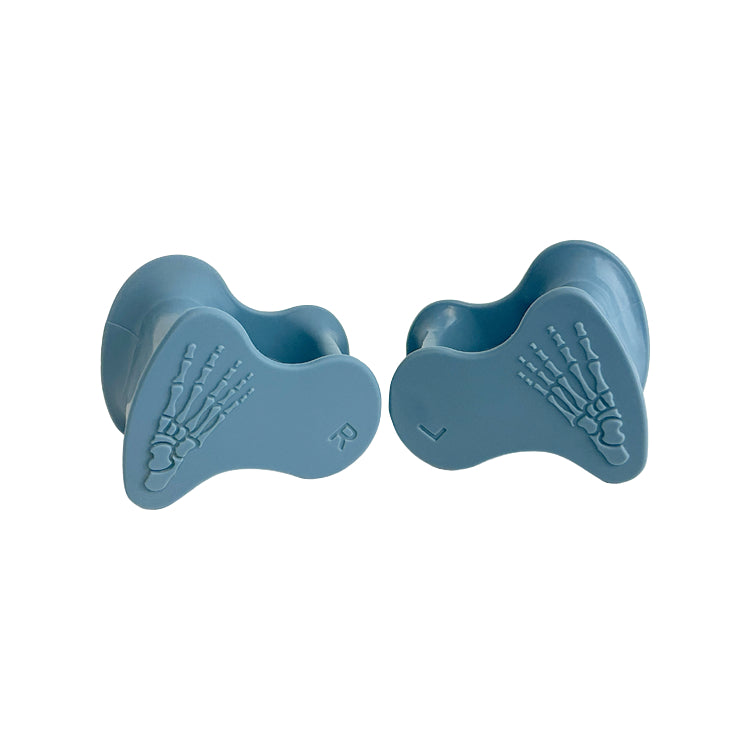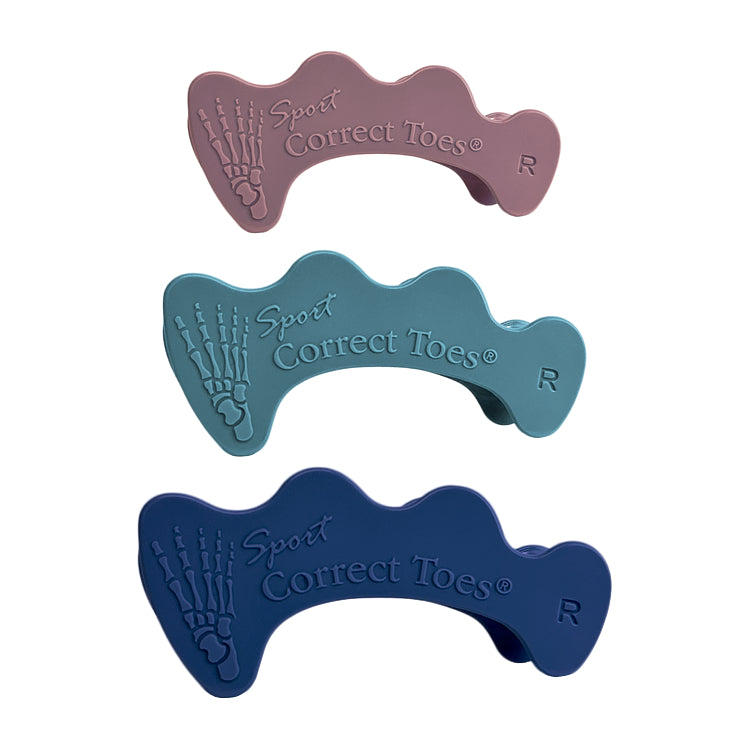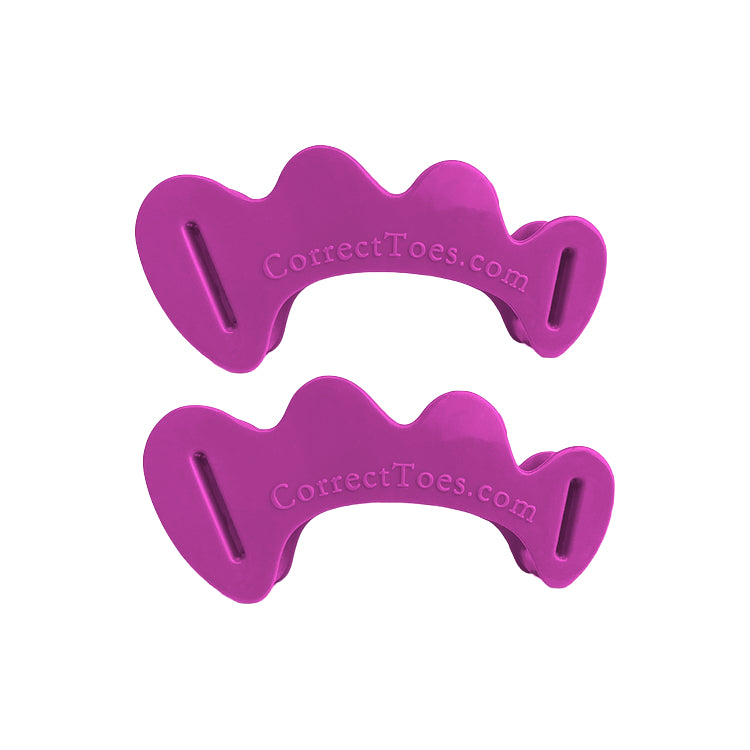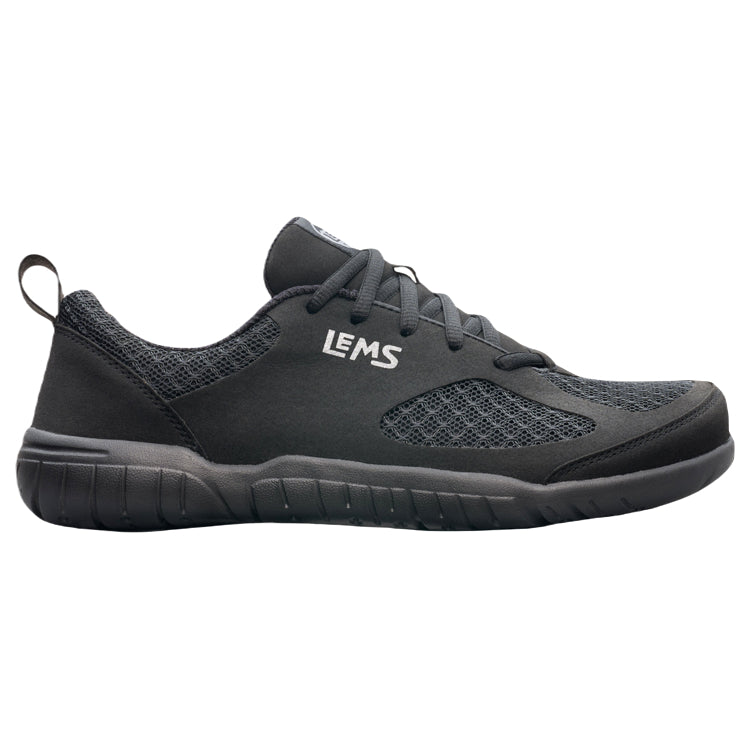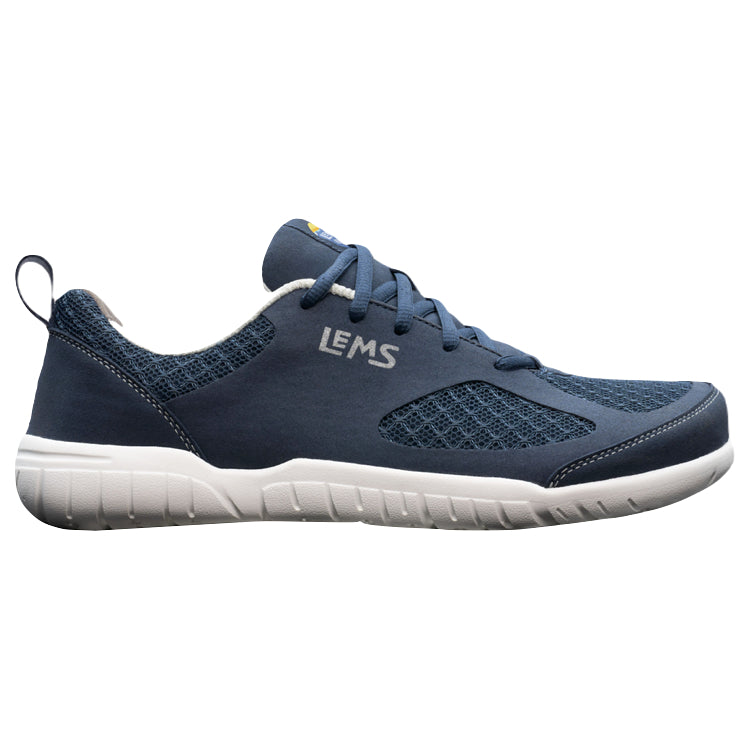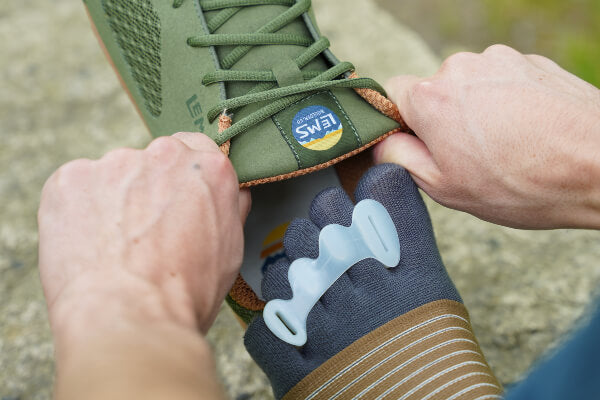
Thank you for your great question, Carmen! It's one that goes to the importance of tailoring foot care to your unique needs. In our experience, a single-toe spacer may be the best choice if you’re dealing with a localized alignment issue, such as a bunion or early-stage hallux valgus, where the big toe is drifting inward toward the second toe. In these cases, a targeted device like Correct Toes StableToe can be used to gently guide the big toe back toward its optimal position (this device actually spaces the first three toes, though its greatest role and impact is on big toe alignment). This minimalist approach is also ideal for individuals who are just beginning to explore toe spacing strategies, as it allows for a gradual adaptation of soft tissues and joint structures without introducing too much change at once. Additionally, athletes or active individuals who need to preserve dynamic foot function during sport-specific activities may prefer the lower profile of a single-toe spacer.
On the other hand, a full-toe spacer, like Correct Toes Original or Correct Toes Sport, is typically more suitable for those who are looking to restore natural toe splay across the entire forefoot. This can be particularly beneficial for people dealing with multiple foot problems simultaneously, such as bunions, hammertoes, overlapping toes, neuromas, plantar fasciosis, or general forefoot pain. Full-toe spacers work best in combination with men's or women's foot-healthy footwear that has a sufficiently wide toe box, as they enable your toes to spread and engage more fully during weight-bearing activities. They also offer a more comprehensive structural intervention, promoting improved balance, proprioception, and even gait mechanics over time. Ultimately, whether you choose a single-toe spacer or a full-toe spacer depends on your individual goals, the specific nature of your foot issues, and your comfort level with progressive footgear strategies.
When deciding between a single-toe spacer and a full-toe spacer, it can be helpful to think in terms of specificity versus integration. A single-toe spacer targets a precise area of concern, while a full-toe spacer addresses the overall architecture and dynamics of the forefoot. Many people actually benefit from using both approaches at different points along their foot health journey—beginning with a single-toe spacer to address an isolated imbalance, then progressing to a full-toe spacer as the foot adapts and becomes more receptive to global alignment changes. This gradual, stepwise process allows your muscles, tendons, and ligaments to adjust naturally, minimizing discomfort and maximizing long-term results. In this way, single-toe and full-toe spacers are not competing tools but complementary ones, each serving a distinct and valuable purpose in restoring healthy foot function.
It’s also worth noting that toe spacing isn’t just about alignment—it’s about activation. When your toes are properly positioned, your intrinsic foot muscles can do their job more effectively, stabilizing your arches and distributing pressure more evenly throughout your foot. A single-toe spacer might help awaken dormant muscle groups in the medial forefoot, while a full-toe spacer encourages balanced engagement across the entire plantar surface. Over time, this renewed muscular activity can enhance your balance, coordination, and even your sense of groundedness—benefits that extend far beyond foot comfort alone. Whether you’re walking, running, or simply standing, the right spacing setup can help your feet rediscover their natural strength and responsiveness.
Finally, it’s important to view toe spacers as part of a broader ecosystem of natural foot care. Their effectiveness is magnified when paired with sufficiently wide toe box footwear, mindful movement, and exercises that promote toe dexterity and arch integrity. Experimentation is key: Pay attention to how your feet feel in different setups, and make incremental adjustments rather than sweeping changes. Over time, you’ll develop a deeper awareness of your body’s unique mechanics and needs. Remember, the goal isn’t just to reposition your toes—it’s to restore harmony between structure and function so that your feet can once again move, flex, and support you as nature intended.

WANT TO IMPROVE YOUR FOOT HEALTH?
Let the team at Natural Footgear help you! Subscribe to our newsletter for the latest offers and helpful info, and sign up for our FREE email courses on various topics and foot health conditions.
Sign Up →
Want to Improve Your Foot Health?
We are here to help you every step of the way. Get our newsletter for the latest offers and helpful info, and sign up for our FREE email courses on various topics and conditions, including bunions, hammertoes, neuromas, plantar fasciosis, shin splints, ingrown toenails, and more.
Sign Up →
 Many people do indeed wear their Correct Toes to bed as a “night splint” to help passively restore toe splay and address a variety of common foot and toe ailments. Perhaps the biggest benefit of wearing Correct Toes during sleep, though, is improved foot and toe circulation. Keeping your toes splayed at night encourages optimal foot blood flow, which means that blood can get into and out of your foot...
Read more
Many people do indeed wear their Correct Toes to bed as a “night splint” to help passively restore toe splay and address a variety of common foot and toe ailments. Perhaps the biggest benefit of wearing Correct Toes during sleep, though, is improved foot and toe circulation. Keeping your toes splayed at night encourages optimal foot blood flow, which means that blood can get into and out of your foot...
Read more



